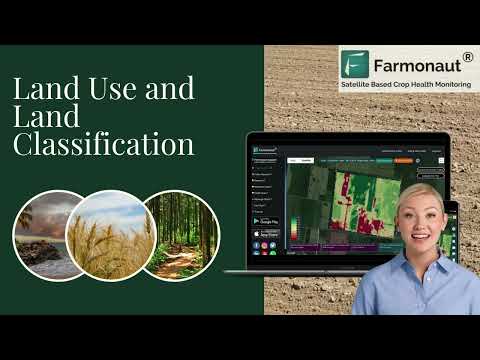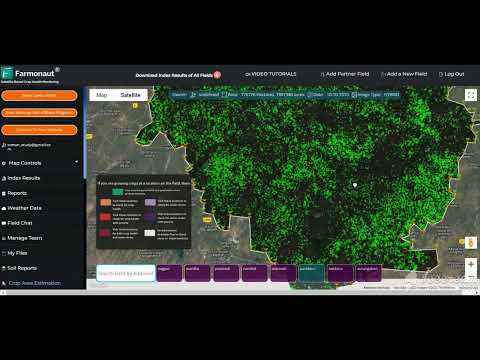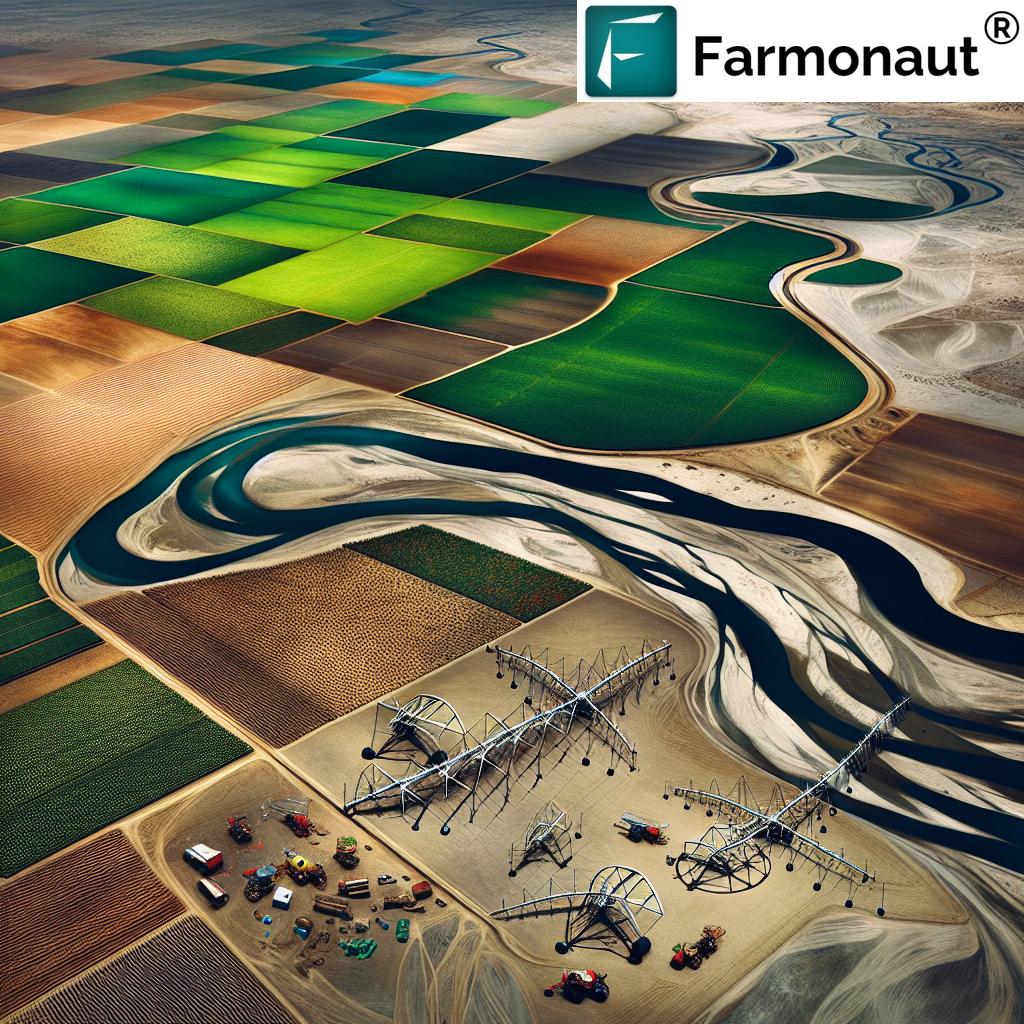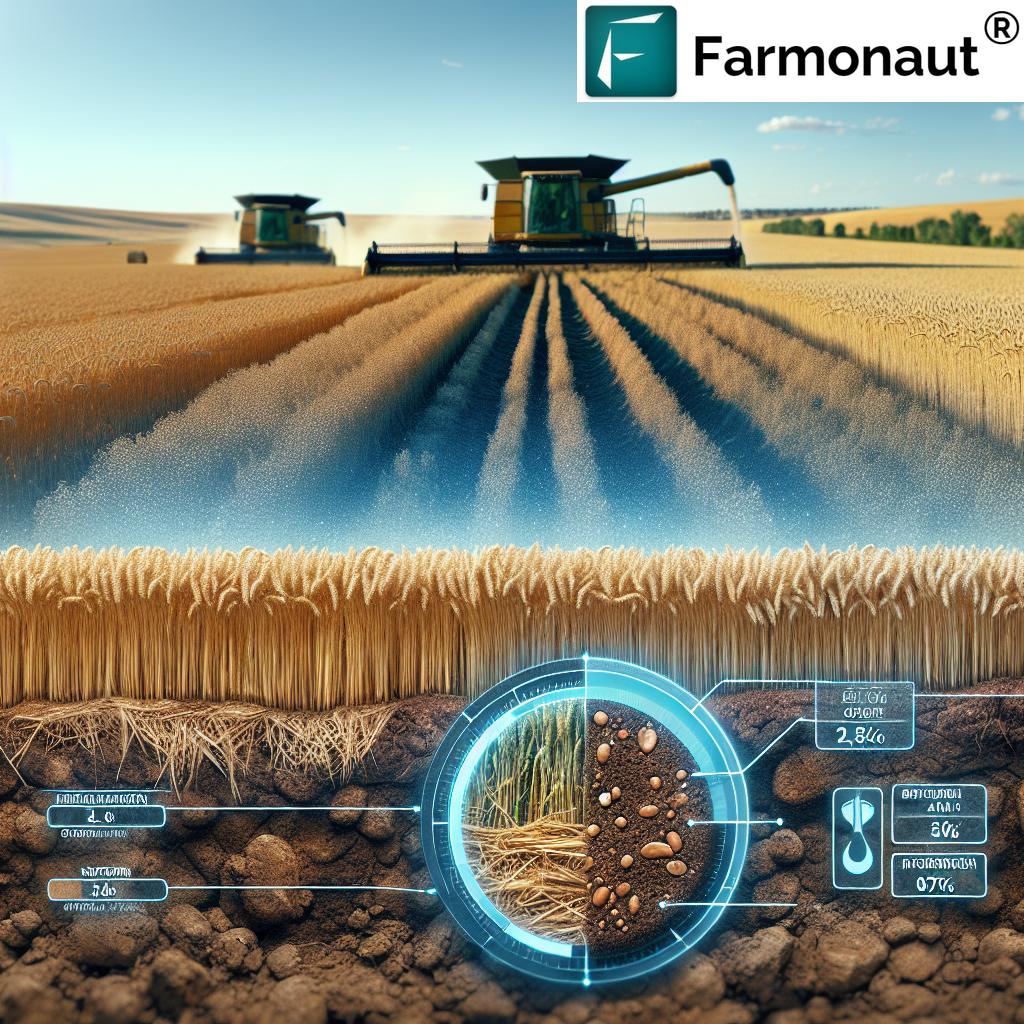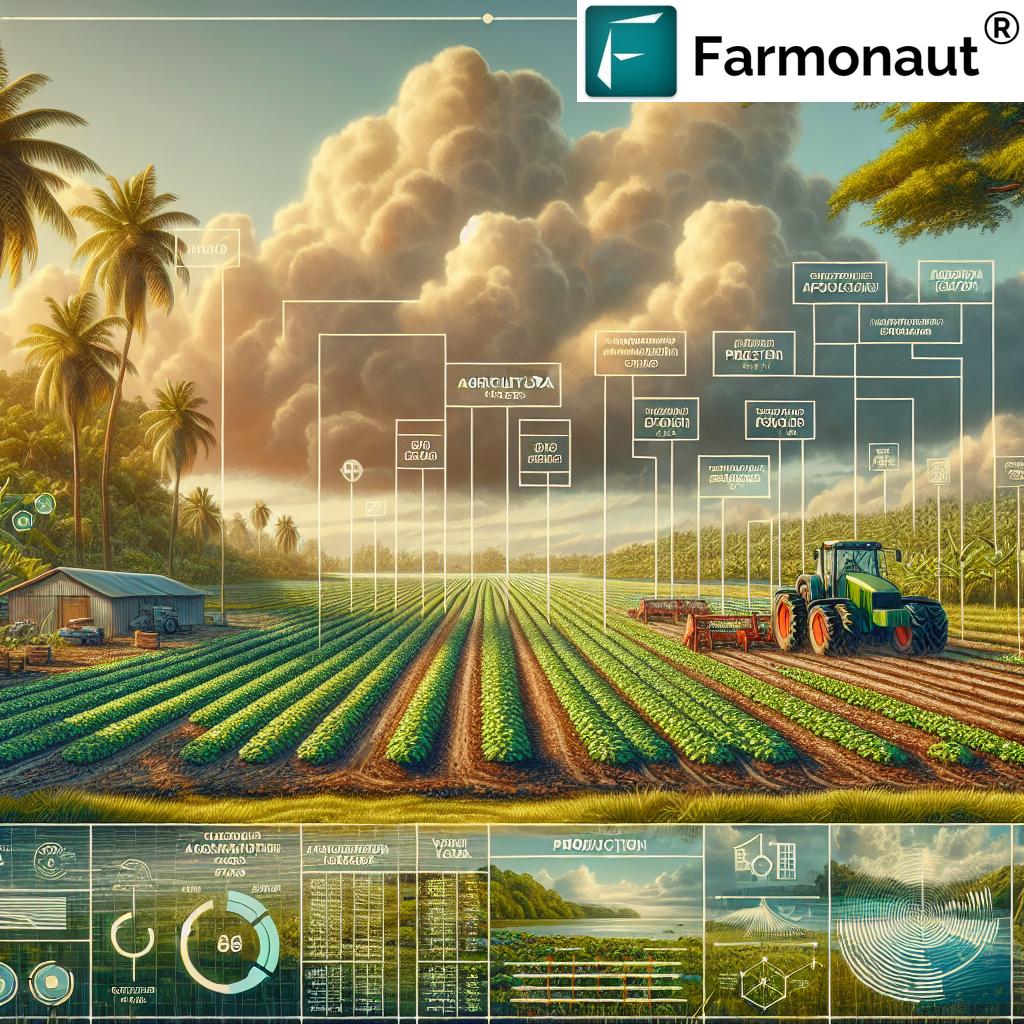Preserving Texas Prairies: The Vital Role of Prescribed Burns in Grassland Conservation
In the heart of the Lone Star State, a delicate balance between destruction and rebirth unfolds across the expansive grasslands. We’re here to explore the fascinating world of prescribed burns in Texas and their crucial role in native prairie conservation and grassland fire management. As we delve into this topic, we’ll uncover how these controlled fires mimic natural processes, prevent wildfires, and restore prairie ecosystems that are vital to our environment.
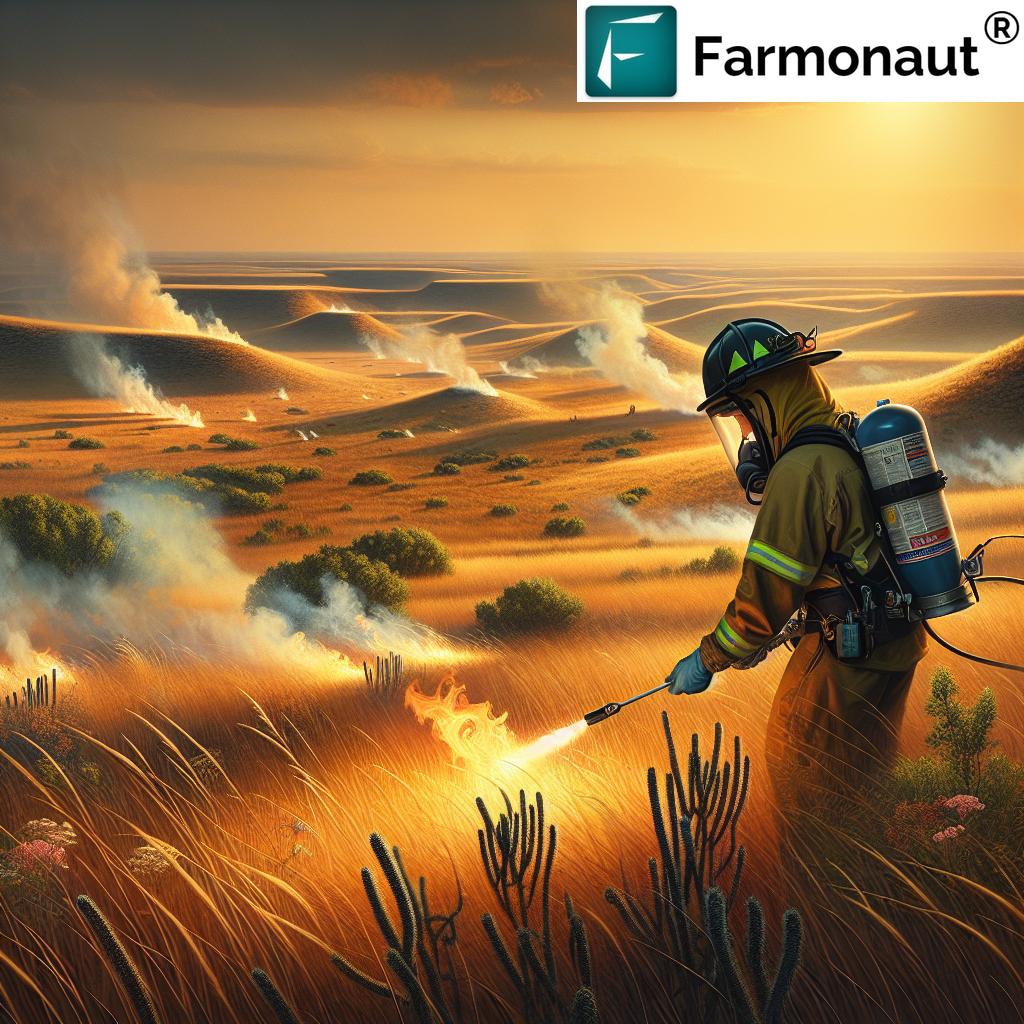
“Prescribed burns in Texas can reduce wildfire fuel loads by up to 80%, significantly decreasing the risk of uncontrolled fires.”
The Ecological Importance of Prairies
Before we dive into the intricacies of prescribed burns, it’s essential to understand why prairies are so crucial to our ecosystem. Native prairies are among the most rapidly vanishing ecosystems, with less than 1% remaining of the 20 million acres that once covered Texas. These grasslands play a vital role in:
- Supporting biodiversity
- Carbon sequestration
- Flood control
- Providing habitats for various species
To preserve these essential ecosystems, land managers and conservationists have turned to an age-old practice: controlled burning. This technique, rooted in indigenous knowledge and modern science, has proven to be an invaluable tool in grassland fire management and prairie ecosystem restoration.
The Science Behind Prescribed Burns
Prescribed burns, also known as controlled burns, are carefully planned and executed fires that serve multiple ecological purposes. These burns are not random acts of destruction but rather calculated efforts to maintain the health and vitality of prairie ecosystems. Let’s explore the science behind this practice:
Mimicking Natural Processes
In nature, prairies evolved alongside periodic fires caused by lightning strikes or other natural phenomena. These fires played a crucial role in maintaining the balance of prairie ecosystems. By conducting prescribed burns, we’re essentially replicating these natural processes that have shaped grasslands for millennia.
Preventing Wildfires
One of the primary benefits of prescribed burns is their role in Texas wildfire prevention. By reducing the buildup of dead vegetation and other potential fuel sources, controlled burns create natural firebreaks that can help contain future wildfires. This proactive approach to fire management is especially crucial in a state like Texas, where wildfire risks are significant.
Promoting Biodiversity
Controlled burns are a powerful tool for promoting biodiversity in prairie ecosystems. By clearing out old growth and stimulating new plant growth, these burns create a mosaic of habitats that support a wide range of plant and animal species. This diversity is crucial for the overall health and resilience of the ecosystem.
The Techniques of Prairie Land Management
Successful prairie land management through prescribed burns requires a combination of scientific knowledge, practical experience, and careful planning. Here are some key techniques used in this process:
Timing is Everything
The timing of prescribed burns is crucial for their effectiveness. Land managers must consider factors such as:
- Weather conditions
- Soil moisture
- Plant growth stages
- Wildlife breeding seasons
By carefully selecting the right time for a burn, managers can maximize its benefits while minimizing potential negative impacts.
Creating Fire Breaks
Before initiating a prescribed burn, it’s essential to establish fire breaks around the targeted area. These breaks can be natural (such as rivers or roads) or man-made (like mowed strips or plowed lines). Fire breaks help control the spread of the fire and ensure it remains within the intended boundaries.
Monitoring and Control
Throughout the burning process, trained professionals closely monitor the fire’s behavior and weather conditions. They use various tools and techniques to control the fire’s intensity and direction, ensuring it achieves the desired ecological objectives without posing undue risks.
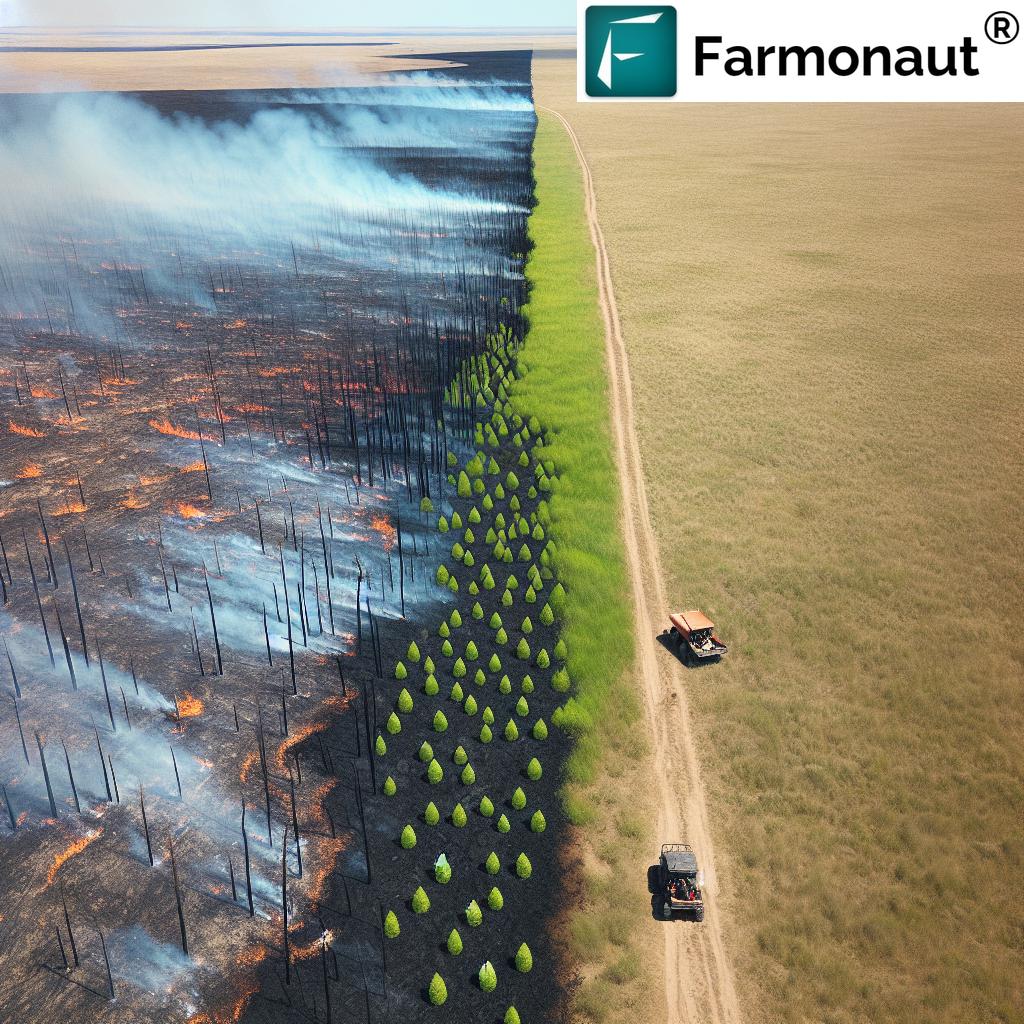
The Benefits of Controlled Burns
The benefits of prescribed burns extend far beyond simple fire prevention. Let’s explore some of the key advantages of this land management technique:
Enhancing Soil Health
Controlled burns play a crucial role in enhancing soil health in prairie ecosystems. The ash left behind after a burn is rich in nutrients, which are quickly absorbed into the soil. This natural fertilization process promotes robust plant growth and improves overall soil quality.
Controlling Invasive Species
Many invasive plant species are less fire-tolerant than native prairie plants. Prescribed burns can help control these invasive species, giving native plants a competitive advantage and helping to restore the natural balance of the ecosystem.
Carbon Sequestration
While it might seem counterintuitive, prescribed burns can actually aid in carbon sequestration. By promoting the growth of deep-rooted prairie grasses, these burns help increase the amount of carbon stored in the soil over time.
“Native prairies managed with controlled burns can sequester up to 5 tons of carbon per acre annually, aiding climate change mitigation.”
Improving Wildlife Habitat
Prescribed burns create a diverse landscape that benefits various wildlife species. The post-burn regrowth provides nutritious forage for herbivores, while the mosaic of burned and unburned areas offers cover and nesting sites for birds and small mammals.
The Historical Context of Prairie Fires
To fully appreciate the role of prescribed burns in Texas prairie conservation, it’s important to understand their historical context. The use of fire as a land management tool has deep roots in the region’s history:
Indigenous Practices
For thousands of years, indigenous peoples in Texas and across North America used fire as a tool for managing landscapes. These early practitioners understood the benefits of periodic burning for promoting plant growth, improving hunting grounds, and reducing the risk of catastrophic wildfires.
European Settlement and Fire Suppression
With the arrival of European settlers, attitudes towards fire began to shift. Many newcomers viewed fire as a threat rather than a tool, leading to widespread fire suppression policies. This approach, while well-intentioned, led to the buildup of fuel loads and increased wildfire risks.
Modern Revival
In recent decades, there has been a growing recognition of the importance of fire in maintaining healthy prairie ecosystems. This has led to a revival of prescribed burning practices, now informed by scientific research and modern safety protocols.
Challenges and Considerations
While the benefits of prescribed burns are clear, implementing these practices comes with its own set of challenges and considerations:
Public Perception
One of the biggest hurdles in implementing prescribed burns is public perception. Many people associate all fires with danger and destruction, making it crucial to educate communities about the benefits and safety measures involved in controlled burns.
Air Quality Concerns
Smoke from prescribed burns can temporarily impact air quality in nearby areas. Land managers must carefully consider wind patterns and atmospheric conditions to minimize these impacts and ensure compliance with air quality regulations.
Safety and Liability
Conducting prescribed burns requires extensive planning, trained personnel, and appropriate safety measures. Land managers must also navigate liability concerns and insurance requirements associated with intentional burning.
The Role of Technology in Prairie Conservation
As we continue to refine our approach to prairie conservation and prescribed burns, technology is playing an increasingly important role. Advanced tools and techniques are helping land managers make more informed decisions and improve the effectiveness of their conservation efforts.
One such technological advancement comes from Farmonaut, a company at the forefront of agricultural technology. Their satellite-based farm management solutions offer valuable insights for land managers and conservationists working to preserve Texas prairies.
Satellite Imagery for Vegetation Monitoring
Farmonaut’s satellite-based crop health monitoring system can be adapted for prairie management. By providing real-time data on vegetation health through NDVI (Normalized Difference Vegetation Index) measurements, this technology allows conservationists to track the recovery of burned areas and assess the overall health of prairie ecosystems.
AI-Powered Insights
The Jeevn AI Advisory System from Farmonaut, while primarily designed for crop management, can offer valuable insights for prairie conservation. By analyzing satellite data and other environmental factors, this AI-driven tool can help predict optimal times for prescribed burns and assess potential risks.
Carbon Footprint Tracking
Farmonaut’s carbon footprinting feature can be particularly useful in quantifying the carbon sequestration benefits of well-managed prairies. This data can support conservation efforts by demonstrating the tangible climate benefits of prairie preservation and restoration.
| Ecological Aspect | Pre-Burn Condition | Post-Burn Impact | Long-term Benefits |
|---|---|---|---|
| Biodiversity | Limited species variety | Immediate reduction, followed by rapid regrowth | Increased plant and animal diversity |
| Wildfire Prevention | High fuel load, increased risk | Significant reduction in combustible material | Reduced wildfire risk, natural firebreaks |
| Carbon Sequestration | Moderate carbon storage | Temporary carbon release | Enhanced long-term carbon storage in soil |
| Flood Control | Reduced water absorption | Temporary decrease in absorption | Improved water infiltration and retention |
| Native Plant Growth | Competition with invasive species | Clearing of competitive vegetation | Thriving native plant communities |
The Future of Prairie Conservation in Texas
As we look to the future of prairie conservation in Texas, it’s clear that prescribed burns will continue to play a crucial role. However, the success of these efforts will depend on a combination of factors:
- Continued research and refinement of burning techniques
- Increased public education and engagement
- Collaboration between landowners, conservationists, and government agencies
- Integration of advanced technologies for monitoring and management
By embracing these elements, we can work towards a future where Texas prairies not only survive but thrive, continuing to provide their vital ecological services for generations to come.
Conclusion: The Delicate Balance of Fire and Rebirth
As we’ve explored throughout this article, prescribed burns in Texas play a vital role in native prairie conservation and grassland fire management. These controlled fires, when executed with precision and care, mimic natural processes that have shaped prairie ecosystems for millennia. By preventing wildfires, promoting biodiversity, and restoring native plant communities, prescribed burns help maintain the delicate balance of these precious ecosystems.
The practice of controlled burning is not just about preserving the past; it’s about securing a sustainable future. Well-managed prairies contribute to carbon sequestration, flood control, and the preservation of countless plant and animal species. As we face the challenges of climate change and habitat loss, the importance of these grasslands cannot be overstated.
However, the success of prairie conservation efforts depends on more than just fire. It requires a holistic approach that combines traditional ecological knowledge with modern scientific understanding and technological advancements. Tools like those offered by Farmonaut can provide valuable insights and data to support these conservation efforts, helping land managers make informed decisions and track the long-term impacts of their work.
As we move forward, it’s crucial that we continue to support and refine prairie conservation practices in Texas. By doing so, we’re not just preserving a landscape – we’re safeguarding a vital part of our ecological heritage and ensuring that future generations can experience the beauty and benefits of these remarkable ecosystems.
The story of Texas prairies is one of resilience, adaptation, and rebirth. Through careful management and a deep understanding of ecological processes, we can ensure that this story continues for centuries to come. Let the controlled flames of today pave the way for the thriving prairies of tomorrow.
FAQ Section
- What is a prescribed burn?
A prescribed burn is a planned fire intentionally set under controlled conditions to achieve specific land management objectives, such as reducing wildfire risk, promoting native plant growth, and improving wildlife habitat. - Are prescribed burns safe?
When conducted by trained professionals under proper conditions, prescribed burns are generally safe. Extensive planning, safety precautions, and monitoring are integral parts of the process. - How often should prescribed burns be conducted?
The frequency of prescribed burns depends on various factors, including the specific ecosystem, management goals, and local conditions. In Texas prairies, burns are typically conducted every 3-5 years. - Do prescribed burns harm wildlife?
While some individual animals may be affected, prescribed burns are generally timed to minimize impacts on wildlife. In the long term, these burns improve habitat conditions for many species. - How do prescribed burns help prevent wildfires?
Prescribed burns reduce the buildup of dead vegetation and other fuel sources that can contribute to more severe wildfires. They also create natural firebreaks in the landscape.
Earn With Farmonaut: Join Farmonaut’s affiliate program and earn 20% recurring commission by sharing your promo code and helping farmers save 10%. Onboard 10 Elite farmers monthly to earn a minimum of $148,000 annually—start now and grow your income!
For more information on Farmonaut’s innovative agricultural solutions, check out their web app, Android app, or iOS app.






